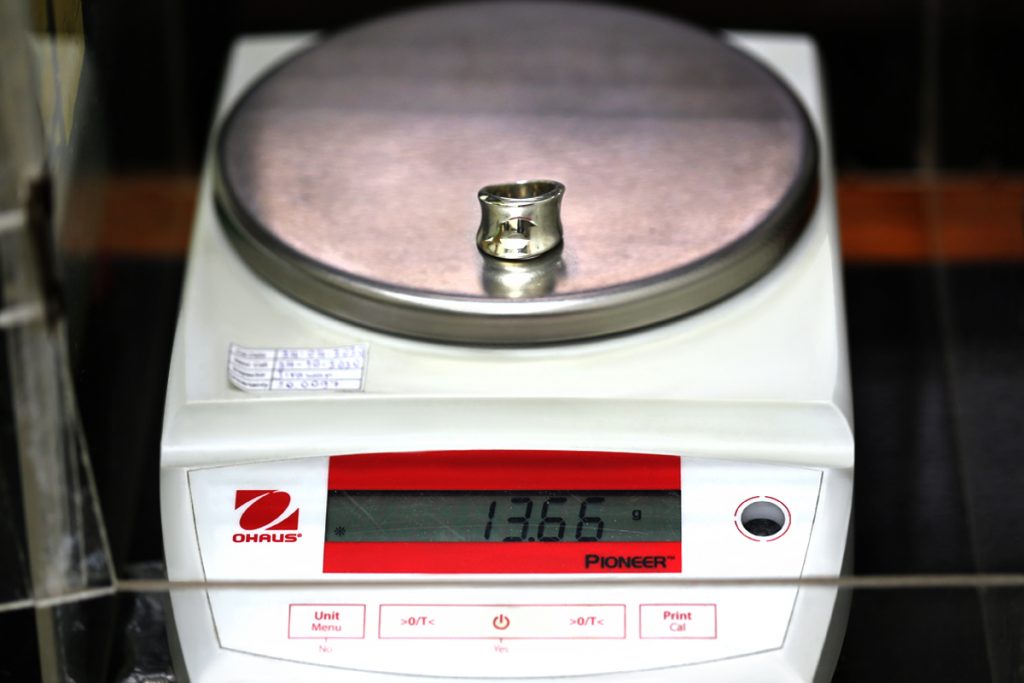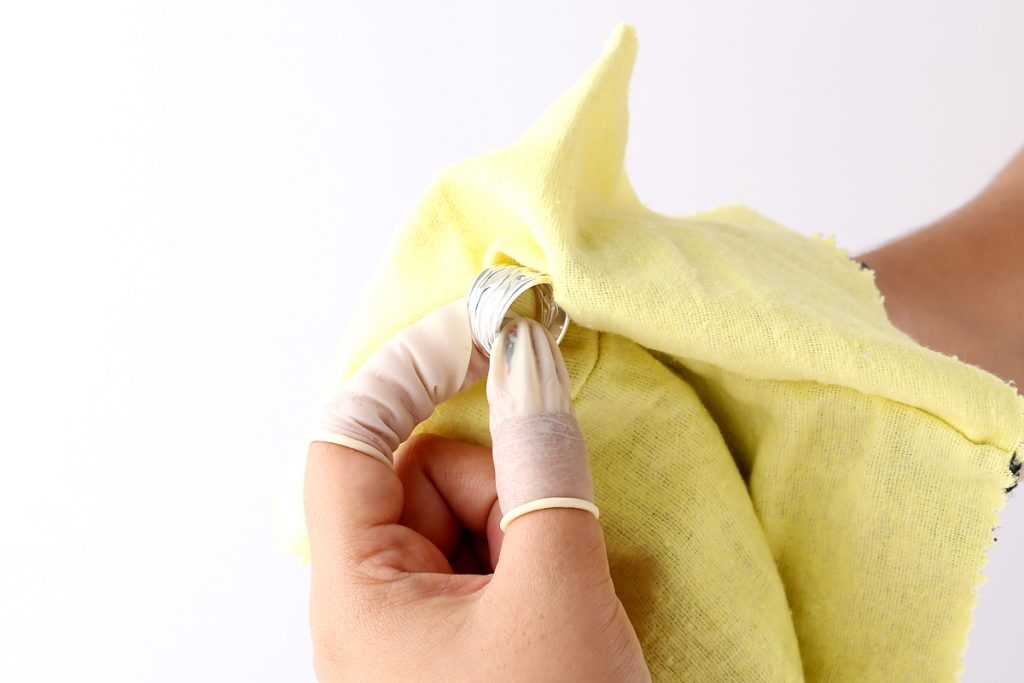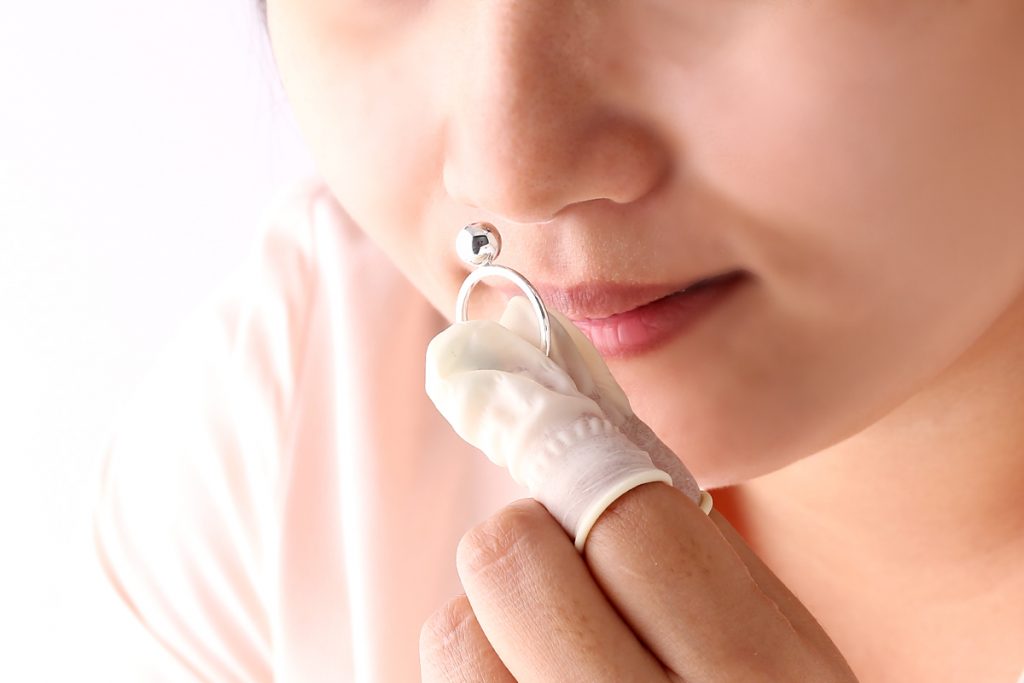
26
Oct
6 Tips to Know if Your 925 Sterling Silver Jewelry Is Real
0
0
0
If you are like most people, your jewelry is more than just some items you wear to accessorize your look.
Instead, these speak to who you are, hold sentimental value, and at times, you do not mind spending handsomely to acquire some exquisite pieces.
However, as you do this, you need the assurance that you are spending your money on the real thing.
How exactly do you differentiate real sterling silver from the fakes?
Here are six tips to help you out.

- The Hallmark Test
To understand this, you need to know how silver and sterling silver is made. Silver is made of 99.9% silver and a small metal component, most likely, copper.
Sterling silver contains 92.5% silver and 7.5% of other metals. These are typically copper or nickel. This 92.5% is the reason why you see ‘925’ when sterling silver is mentioned.
Back to the hallmark.
Pure sterling silver jewelry often bear the mark ‘925’ on it. It might be too small to necessitate a magnifying glass, but it’s still worth checking.
Aside from the ‘925’ enragement, other manufacturers use the word ‘sterling,’ ‘ster’ or ‘sterling silver.’
This is among the simplest, quickest test to perform.
- The Magnet Test
Sterling silver is non-magnetic.
To carry out this test, hold the jewelry next to a magnet and observe. If the piece is strongly drawn to the magnet, it’s probably not pure silver. 925 sterling silver has 92.5% silver. As such, it should not be attracted by a magnet.
If it does, the piece might have silver, but of a much lower composition than you would want.
3.The Weight Test
If you already known some genuine sterling silver pieces. You can test authenticity by weighing the new ornament against the one you already have.
When you weigh two pieces of the same size, they should ideally have the same weight. If they feel the same, it’s likely to be genuine.
- The Scientific Test
Here, you will need to get a little bit more technical to verify the authenticity of a sterling silver piece.
Wear some protective gloves and goggles before beginning this test.
Then pour a few drops of nitric acid on a small section of the jewelry you are trying to test. Nitric acid has high copper compounds, which discolor non-silver items.
If the piece turns green on the area that comes into contact with the nitric acid, it is not genuine silver.
- The Rub Test

When exposed to air, real silver will oxidize.
In this easy test, rub the piece with a cloth and observe if it forms blackish marks on the surface. The blackish spots or tannish indicate that you have real sterling silver.
- The Smell Test
While cheaper metals have a distinctive smell, real sterling silver has none.
A strong smell indicates high levels of copper. This diminishes the value and quality of a sterling silver piece.

The final and possibly easiest test is to buy your sterling silver from reputable dealers.
One Last Thing…
Salamander is the largest body jewelry manufacturer with a global workforce of over 600 workers. Whether you are looking for personal jewelry or resale, we guarantee quality pieces in various designs and fast delivery on all ordered items.
Visit our site to see our designs, discounts, and shipping policies.